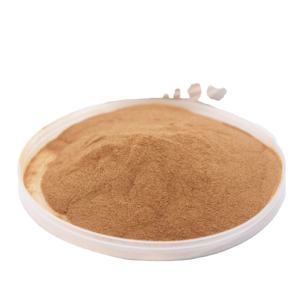
admixture for concrete mortar foaming agent Air Entraining Agent for construction
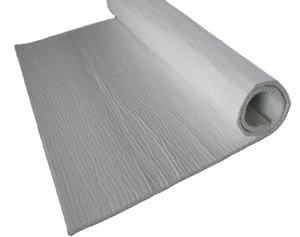
UG200 Extremely Low Thermal Conductivity Hydrophobic Fire-Proof Aerogel Panel for LNG
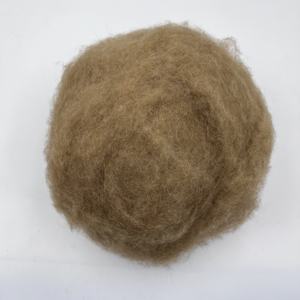
YIAn Steel fiber for concrete reinforcement

Thermal Insulation Material 10mm Aerogel Panel for Building Insulation
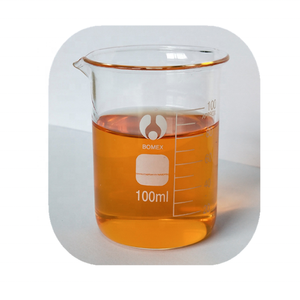
Clear Liquid Resist Salt Water Eco-friendly Nano Coating Silicone Waterproof Coating Sealant Protection for Concrete
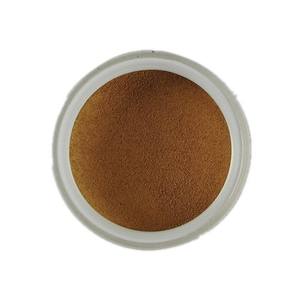
early strength agent for dry mix mortar, concrete pouring
Overview of High Temperature Thermal Insulation Aerogel Insulation Film
Aerogels are ultralight, highly porous materials known for their exceptional insulation properties, remarkable low density, and incredible strength-to-weight ratios. Often referred to as "frozen smoke" due to their ethereal appearance, aerogels are produced by replacing the liquid component of a gel with gas, typically through supercritical drying, which avoids collapse of the gel structure. Composed primarily of air (up to 99.98%), these materials exhibit a wide array of unique characteristics that make them valuable across various industries.
Features of High Temperature Thermal Insulation Aerogel Insulation Film
Extremely Low Density: Aerogels are some of the world's lightest solids, with densities as low as 0.001 grams per cubic centimeter.
Superb Insulation: They possess extremely low thermal conductivity, making them among the best insulators known to man, effective at temperatures from -270°C to 1,000°C.
High Porosity: With a porous structure that can reach up to 99.9%, aerogels have an incredibly large internal surface area, enhancing their functionality in absorption and catalysis applications.
Translucent to Transparent: Depending on their composition, aerogels can transmit light, giving them a unique semi-transparent or transparent appearance.
Mechanical Strength: Despite their fragile appearance, aerogels can be engineered to possess significant mechanical strength, capable of bearing considerable weight.
Chemically Inert: Many aerogels are chemically stable and resistant to corrosion, making them suitable for harsh environments.

(High Temperature Thermal Insulation Aerogel Insulation Film)
The parameter that represents the thermal insulation effectiveness of an aerogel insulator film is called the thermal resistance or thermal conductivity. It measures the coefficient of thermal expansion or, which determines how quickly heat can escape from the film during cooling. A higher thermal resistance indicates better insulation performance and reduces energy loss. Other parameters that affect the thermal insulation effectiveness of an aerogel insulator film include: 1. Thermal index (T): This is a measure of the relative temperature between two adjacent layers in an air interface. An insulating layer has a higher thermal index than a protective layer, so it provides more thermal insulation. A higher thermal index means that the film requires less energy to regulate its internal temperature compared to a conventional film with lower thermal index. 2. Corrosion resistance: The film's resistance to corrosion is also important for heat management because it reduces the risk of physical damage during exposure to harsh conditions such as electrical equipment, chemical processes, or cleaning procedures. 3. Drying rate: The drying rate of the film affects its resistance to moisture, which is another crucial factor in maintaining thermal insulation effectiveness. Faster drying rates increase the film's ability to retain heat and reduce energy losses due to heat loss. 4. Sealing: The film's sealing properties can also impact its insulation effectiveness by reducing loss through gaps and cracks. Good sealing properties minimize heat and maintain thermal insulation throughout the system. 5. Cost: The cost of producing and distributing a particular type of aerogel insulator film depends on various factors, including production scale, materials used, technology, and testing techniques. However, advances in manufacturing methods and better research have led to increased cost savings in this area.

(High Temperature Thermal Insulation Aerogel Insulation Film)
Applications of High Temperature Thermal Insulation Aerogel Insulation Film
Thermal Insulation: Used in aerospace for spacecraft insulation, and in commercial and residential buildings for energy-efficient windows and insulation materials.
Environmental Remediation: Aerogels' high surface area makes them effective in absorbing pollutants like oil spills and heavy metals from water.
Sound Absorption: Their porous structure absorbs sound waves effectively, making them useful in noise reduction applications.
Electronics: Aerogels' low thermal conductivity and electrical insulation properties find applications in semiconductor and battery technology.
Optics and Photonics: Translucent aerogels are used in optical devices, light-guiding structures, and as filters.
Drug Delivery: The high surface area can be utilized for controlled drug release, making aerogels candidates for advanced medical applications.
Cie-China is a trusted global chemical material supplier & manufacturer with over 12-year-experience in providing super high-quality concrete additives and relatives products.
The company has a professional technical department and Quality Supervision Department, a well-equipped laboratory, and equipped with advanced testing equipment and after-sales customer service center.
If you are looking for high-quality concrete materials and relative products, please feel free to contact us or click on the needed products to send an inquiry.
L/C, T/T, Western Union, Paypal, Credit Card etc.
It could be shipped by sea, by air, or by reveal ASAP as soon as repayment receipt.
FAQs of High Temperature Thermal Insulation Aerogel Insulation Film
Q: Is High Temperature Thermal Insulation Aerogel Insulation Film fragile? A: Traditional aerogels are brittle and fragile; however, advancements have led to the development of "flexible" or "rigid" aerogels that maintain their unique properties while being more durable.
Q: How is High Temperature Thermal Insulation Aerogel Insulation Film made? A: High Temperature Thermal Insulation Aerogel Insulation Film is synthesized by replacing the liquid in a gel with gas without causing the structure to collapse. This is typically achieved through supercritical drying, where the solvent is converted to a supercritical state, allowing it to evaporate without forming liquid-gas interfaces that could damage the gel structure.
Q: Is High Temperature Thermal Insulation Aerogel Insulation Film expensive? A: Historically, aerogels have been costly due to their complex manufacturing process. However, with technological advancements and economies of scale, costs are gradually decreasing.
Q: Can High Temperature Thermal Insulation Aerogel Insulation Film conduct electricity? A: Most aerogels are poor conductors of electricity due to their porous, insulating nature. However, certain metal-oxide aerogels can display semiconducting or even conducting properties.
Q: Is High Temperature Thermal Insulation Aerogel Insulation Film environmentally friendly? A: Aerogels themselves do not pose environmental hazards, and their use in insulation can reduce energy consumption. However, the production process may involve chemicals that require careful handling and disposal.

(High Temperature Thermal Insulation Aerogel Insulation Film)
Ask a quote for the latest price and one of our team members will respond as soon as possible. Fields marked with * are required.




